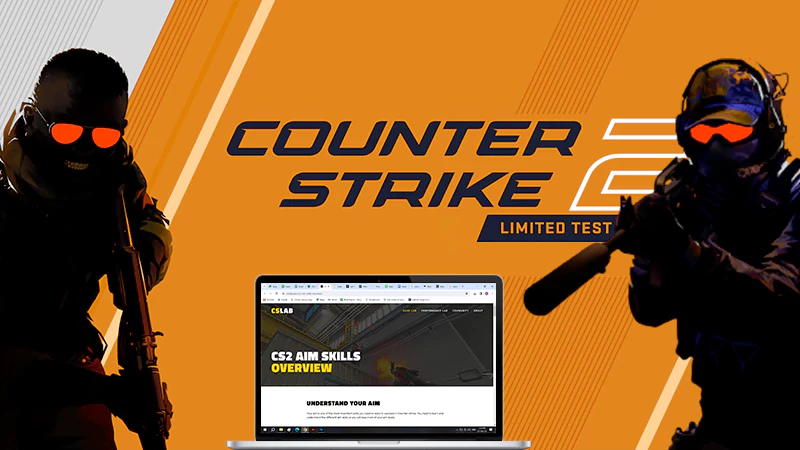Safety First – Precautions to Take Before Hitting the Water with Your Paddleboard
Learning how to paddleboard can be a fun and freakishly amazing experience! Hitting the water with your SUP board is quite a huge accomplishment, especially after hours or days of practice. However, before heading out to the water, it’s wise to ensure the safety of yourself as well as other paddlers on the waters.
A lot of paddleboarding injuries happen throughout the year, most caused by overlooking simple but critical safety precautions. Whether you’re a pro paddler or just a newbie, it’s essential to keep safety tips in mind to keep calm and ensure everyone’s safety. Below are some paddleboarding safety precautions you should know before hitting the water:
Have Paddleboarding Experience
This is the most important and straightforward paddleboarding safety precaution. Before you head out into the water, ensure you understand the basics of stand-up paddleboarding. If you’re a beginner, you should keep in mind that paddling without taking a lesson or knowing the basics can be dangerous for both you and other paddlers around you.
Besides knowing the paddleboarding fundamentals, it’s also vital to ensure you know how to swim before hitting the water. Paddleboarding and swimming go hand to hand, so if you’re inexperienced in both we recommend taking the lessons. Have patience and ensure you have the right paddle boarding and swimming training before hitting the water with your board.
Check Your Equipment
Paddleboarding equipment includes your board and other basic SUP gear such as the leash, personal floatation device (PFD), etc. Ensure all your SUP equipment is in perfect condition before leaving home and again at your paddling spot before hitting the water. Even if it’s your first time heading out into the water, it should be a no-brainer that paddling with a piece of faulty equipment can pose a huge danger.
Below are several safety precautions to take to ensure your equipment is in perfect condition to hit the water:
- If you’re using an inflatable board, ensure it’s pumped up to the right PSI,
- Ensure your rigid board is put together correctly,
- From your board to wetsuit, ensure there are no tears or rips and if there is, do thorough repairs.
- Your equipment is suitable for the particular condition you’re going to paddle in.
Check the Weather
Checking the weather condition, wind, and tides before heading out into the water is essential. Most beaches around the world typically inform visitors if the weather is safe for swimming or going into the water.
It’s also vitally important to have a little knowledge in observing the ocean for changes, as this will help you identify any potential rip tides and tide changes. This will be so useful because you’ll also be able to alert other paddleboarders and swimmers to avoid specific spots at the beach.
If you’re paddling on a lake or river, have it in mind that some conditions like heavy rainfalls can cause sudden surges in water levels. This can cause a calm, meandering lake or river to become raging torrents within a blink of an eye. Fast-moving water poses an extreme risk, while strong waves and currents require advanced paddleboarding training to navigate.
Wear a Personal Floatation Device (PFD) or Lifejacket
PFDs are must-have SUP safety gears, and there’s absolutely no reason why you should ever hit the water without wearing one. PFDs can and do save lives, and they’re one of the most critical safety accessories for even the pro, strongest, and confident swimmers.
If you’re paddling on flat water, an inflatable belt PFD or a standard lifejacket will suffice. However, if you’re heading out into the blue waters, you’ll need to wear an inherently buoyant PFD. Generally, for simple paddleboarding, a belt pack PFD will be better since they’re more compact and won’t negatively affect your paddling ability.
Use a Leash
Another super essential yet overlooked paddling safety practice is wearing a SUP leash. A leash is another critical SUP gear that you can’t afford to paddle without, as it’ll keep you attached/tethered to your board just in case you fall.
Getting separated from your board can be fatal and scary, especially when you’re far offshore in a windy, choppy condition. Fortunately, you can avoid this risk by simply using a high-quality SUP leash and ensuring it’s properly attached around your ankle.
Always Stay with Your Paddleboard
If you get yourself in a particular emergency, such as falling, drifting too far away, or getting hit by a strong wave, it’s essential to stay with your paddleboard. Your paddleboard is buoyant and will always stay afloat. So, if you get tossed underwater, you should stay calm, follow your leash back to the board, and continue paddling or blow your safety whistle and wait for some help.
Bottom Line
Whether you’re a beginner or pro paddleboarder, it’s important to keep safety precautions in mind before hitting the water. If you want to keep calm and maximize your paddleboarding experience, be sure to put your safety first by adhering to all the above safety tips.
Source:
Paddleboards.com
Also Read- How Agile is Different from Waterfall?
Follow Us
Latest Post
















